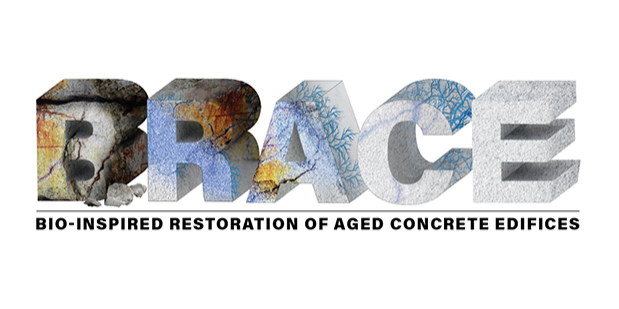Recent years have seen an emergence of so-called living materials, or materials that have the properties of living things. The DARPA Bio-inspired Restoration of Aged Concrete Edifices (BRACE) program aims to prolong the serviceability of U.S. Department of Defense structures and airfield pavements by integrating a self-repair capability into existing concrete. The central hypothesis of BRACE is that concrete can be infused with self-repair capabilities typically found in living organisms, drawing inspiration from vascular systems found in humans and vast networks of filamentous fungi that can span acres of land similar in scale to concrete buildings. Such systems could provide a network of transportation for healing within the depths of the material to repair cracks before they reach the surface and before they cause failure.
DARPA has selected program performers at Lawrence Livermore National Laboratory, the University of Colorado Boulder, and Battelle Memorial Institute to meet program goals. Each performer has proposed unique approaches to provide concrete with a network of “vasculature” integrated within the depths of the material, which can be used not only for crack repair but also for diagnosing the root causes of deterioration before they result in catastrophic damage. All teams will work toward operationalizing the vasculature, which requires applying and maintaining its function, developing novel testbeds, and predicting long-term performance through modeling.


